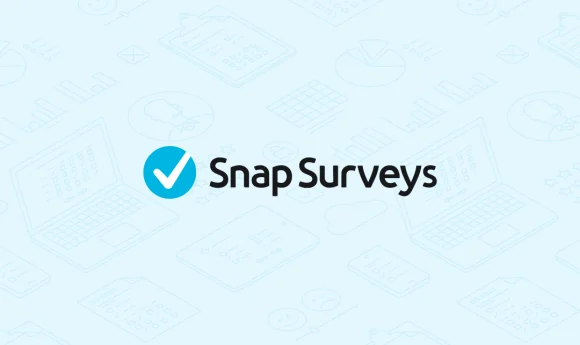Avoid over-surveying your customers with these strategies
Surveying your customers is a great way to learn more about customer satisfaction, areas where your products, services, or overall organization needs improvement, perceptions about your brand, and many more. However, over-surveying your customer base can cause a decline in response rates and may also weaken the value of your surveys.
Your customers are flooded with requests for feedback through online and email surveys, mobile devices, and through many social media outlets. Don’t be that organization that inundates their customers with incessant requests for feedback.
Here are six strategies to tactfully gather feedback from customers while at the same time ensuring that you are not overwhelming your customers, or worse, damaging the customer relationship.
Set goals: Defining goals is the first step in the survey process. Setting goals is a fundamental way to measure the success of your survey. Successful surveys are those that meet their goals, produce accurate results that truly represent the target population, and improve the satisfaction level of respondents. Goals will help you guide your survey design and assist you through the survey process.
Set objective: Whenever you contact a customer to request feedback, it is important that you have a clear objective in mind, while taking into consideration your present and future business requirements. The objective of each survey should be clearly expressed and used to establish customer expectations. Setting expectations on what you will do with the results of the survey and following through with those expectations conveys a positive message about your organization.
Clear survey introduction or invitation: Your survey introduction or invitation plays a big role in your respondents’ behavior toward the survey. When developing the survey invitation or the introduction to your survey, keep in mind that first impressions are critical. It only takes a respondent a few seconds to decide whether or not to complete your survey. Keep the content of your introduction or invitation short, but direct. Tell respondents what you want them to do and how long it will take them to complete the survey. Make sure to provide an accurate approximation of time it will take to complete the survey. Respondents may abandon the survey if the time it takes to finish exceeds the approximate time.
Tactfully formulate questions: One of the more difficult tasks of writing a good, quality survey is formulating survey questions with the right phrasing. Question answers can fluctuate depending on how a question is phrased. Errors in survey data can occur if questions include:
- unfamiliar, complex, or technical wording
- more than one survey question at a time
- incomplete sentences
- abbreviated or vague concepts
- too many words
- no clear mission
You may also run the risk of introducing bias. Avoid using survey questions that include phrases that may lead a respondent to a particular answer or insinuates the “proper” answer.
Respect respondents’ time: Always respect a respondents time. If you have surveyed your customers in the past, it is likely that you have previous data from them. Use this data to pre-populate data right into their survey or use routing to route respondents around questions that do not pertain to them. The information will still be collected in the data set ready for analysis and reporting, however, you are shortening the time it takes a respondent to complete your survey.
Respond to both satisfaction and dissatisfaction: Respondents are more motivated to continue to complete future surveys if they actually see your organization react to past survey results. Set-up email alerts to notify appropriate employees of when respondents answer a question in a certain way or have questions. For example, if a respondent answers that they are dissatisfied with your customer service, one of your organization’s employees can receive an email alert, giving the employee an opportunity to contact the respondent and discuss their frustrations. Likewise, if a customer praises your organization’s customer service, it would be a good idea to take the time to contact that respondent and thank them for being a loyal customer.

